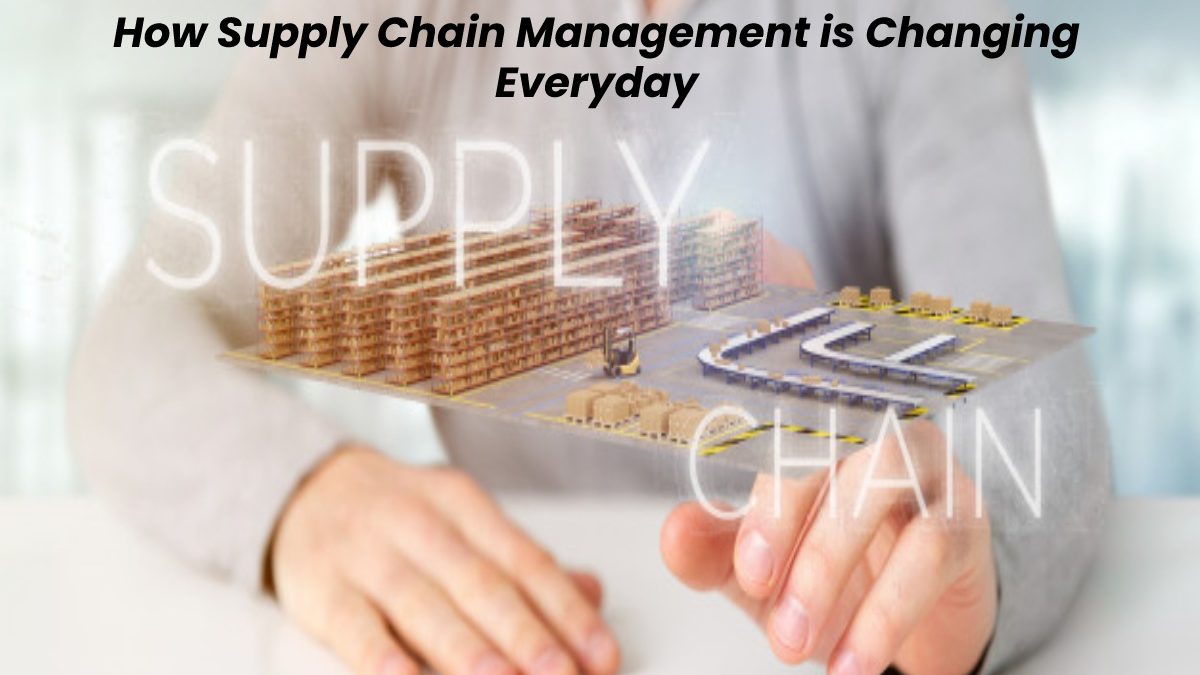Supply Chain Management: Trends have always been part of the various economic markets. Such extensive changes also have a significant impact on the value chains of companies. For this reason, decision-makers are continually looking for solutions and tools like order management system, warehouse management system that help improve their work.
Because: One of the most significant challenges for companies is the increasing competitive situation. “Besides, many companies still have problems with the automation of processes or digitalization in general. The latter is one of the most important pillars of success, alongside short delivery times and customizability. Due to the constant change in supply chain management, decision-makers have to constantly question their own situation – and find out which path to take.
Table of Contents
From changes in mobility to connectivity
There are many indications that different processes within the value chain will run mainly autonomously in the future – by 2040. In combination with trends such as individualization, connectivity or digitization, urbanization, globalization, or mobility changes, there is an extensive change in supply Chain management ahead. “For humans, this means that they are increasingly assuming the role of supervisor and planner.

New requirements in connection with flexibility also mean that adjustments have to be made quickly, ”says Schulz. “Crucial here: Which solution helps to optimize processes and thus improve the material flow? Which ones support people particularly efficiently? The starting point is their own warehouse; this is where companies lay the foundation for success. ”For example, targeted intralogistics reduces overall throughput times from order entry to delivery. When looking for a suitable solution, companies can no longer avoid digital tools.
Fear of Complexity
Open questions about integrating new technologies and increasing customer requirements: two hurdles that still seem too high for some companies. Almost half of the companies see difficulties in introducing software, implementing new functions along the supply chain, and connecting with time and costs. As a result, 91 percent of companies cannot keep pace when dealing with complexities in logistics.
“For these reasons, when installing a new solution, the most important thing is technical expertise,” warns Schulz, who developed a graphical material flow computer. “If the software to be integrated has flexible interfaces, for example, autarkic machines from different manufacturers can be combined to form an overall system.” However, if you act prematurely during implementation, you will even endanger your business. “Decision-makers should therefore by no means forego an extensive test phase,” concludes Schulz.
Also Read: Marketing for Online Shops: How to Win New Customers?

